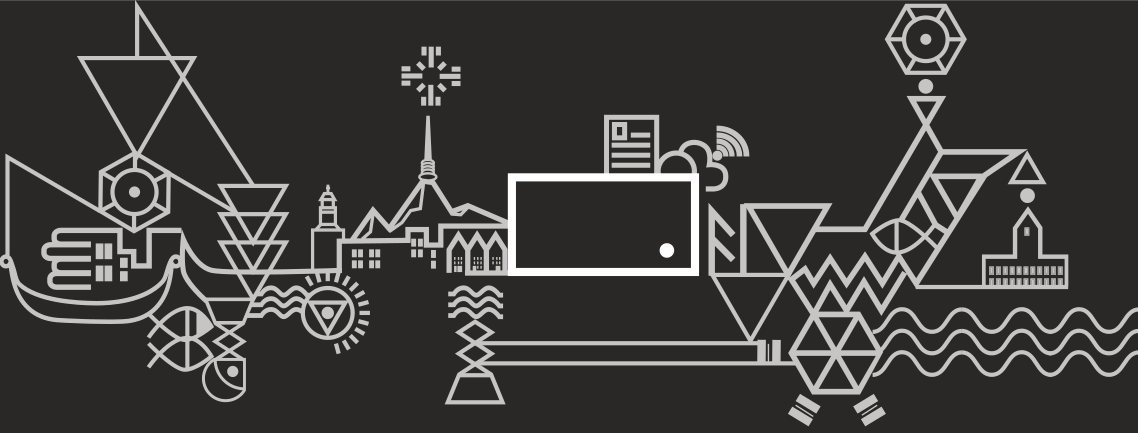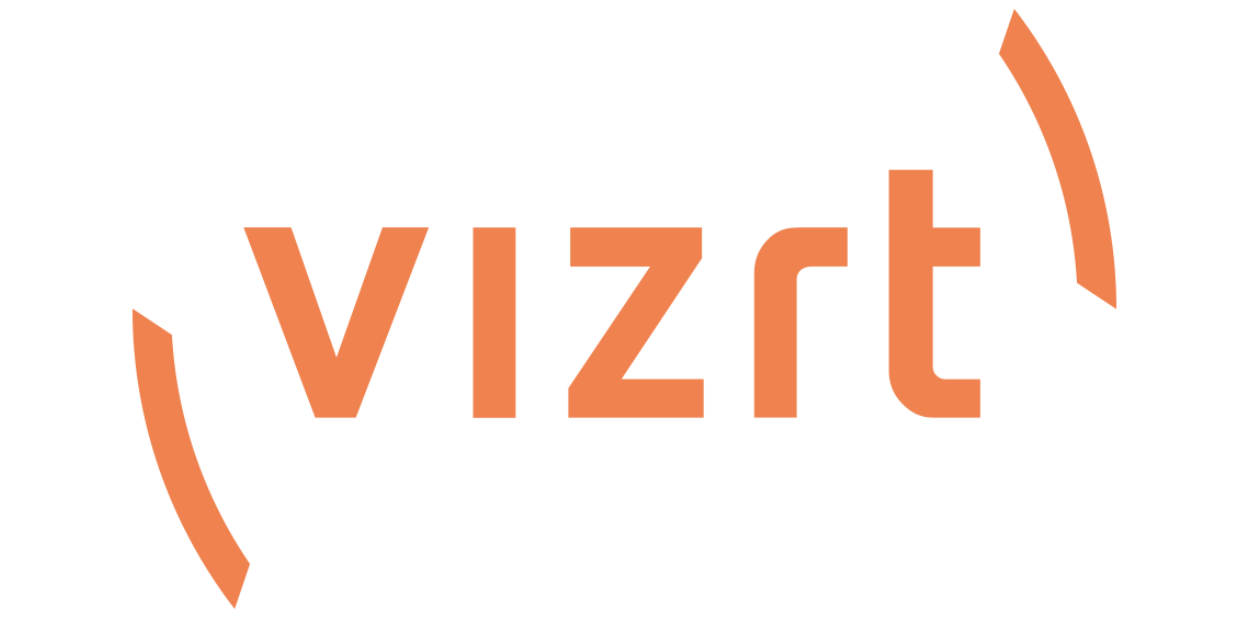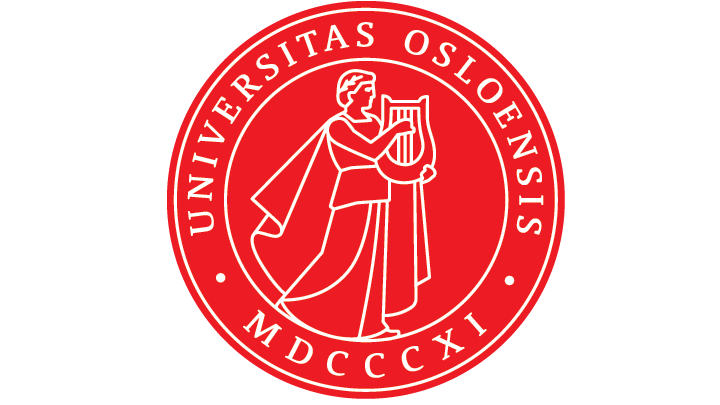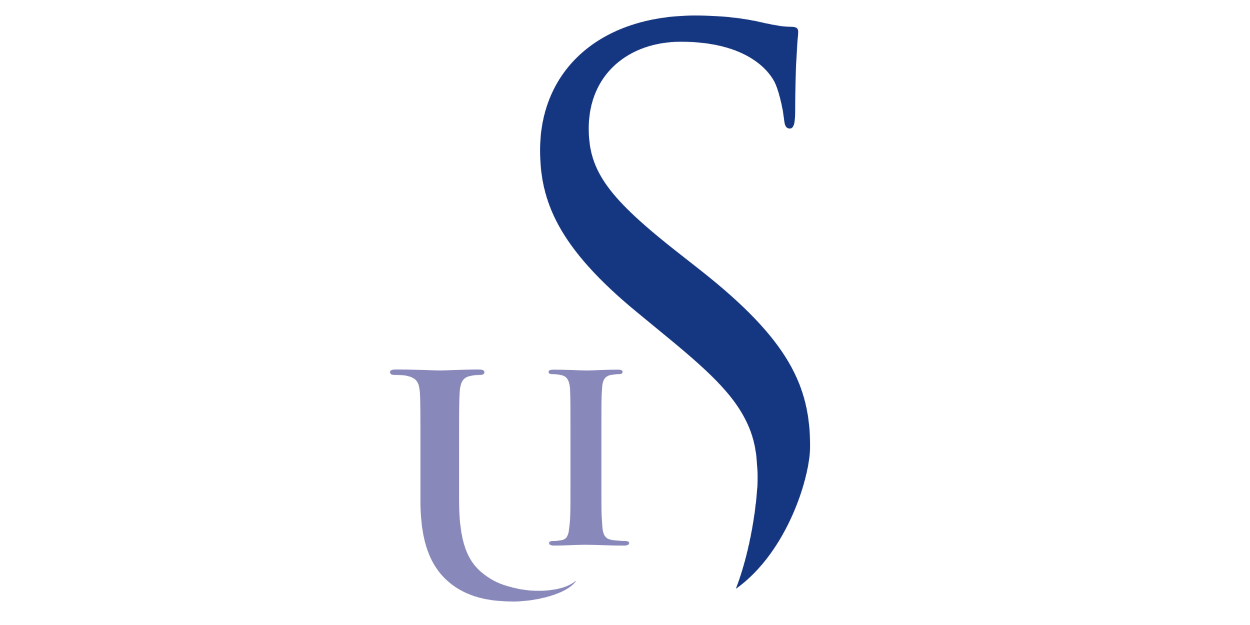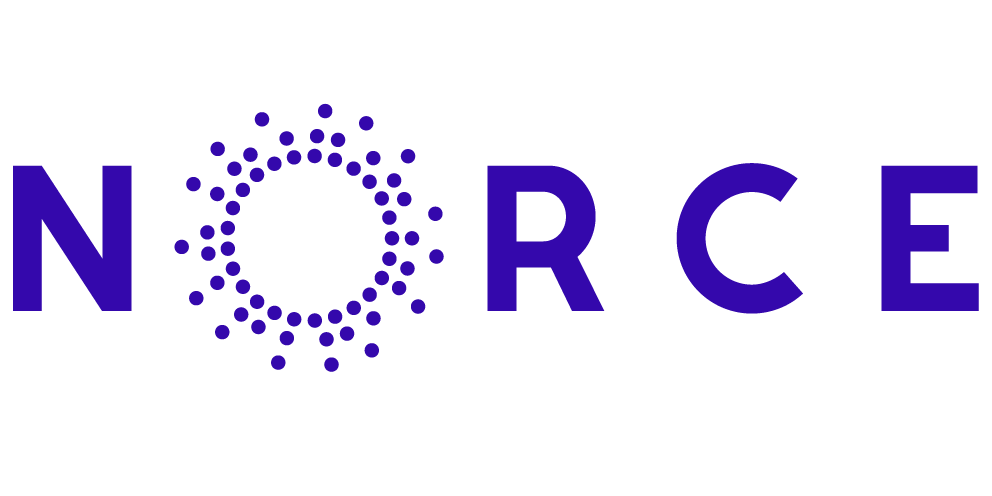Master Theses
Master Theses
/ Current and completed projects
Completed
Espenes, A., Antonsen-saken og polarisering i norsk nettdebatt, UiB, Bergen 2024. Supervisor: John Magnus Dahl
Hagen Risberg, K., Smidig utvikling innen mediesektoren, UiB, Bergen 2024. Supervisor: Bjørnar Tessem
Kvarv, R., A., Bruk av generative språkmodeller til å trekke ut geografisk informasjon om hendelser, UiB, Bergen 2024. Supervisor: Bjørnar Tessem
Thorland, T., Large language models for document classification, UiB, Bergen 2024. Supervisor: Andreas Lothe Opdahl
Erlandsen, M., Bruk av ChatGPT for klassifisering av byggesaksdokumenter: En studie i prompt engineering, UiB, Bergen 2024. Supervisor: Andreas Lothe Opdahl
Blücher, K., A. J., IBM Watson Debater og ChatGPT som støtteverktøy for journalistikk, UiB, Bergen 2024. Supervisor: Bjørnar Tessem
Låg, T., Large-scale Evaluation of Context-Aware Recommender Systems in Media Domain, UiB, Bergen 2024. Supervisor: Mehdi Elahi
Solberg Jensen, A., Plattformisering og lytterlojalitet hos norske underholdningspodkaster, UiB, Bergen 2024. Supervisor: Brita Ytre-Arne
Haaland, V. M., Personalized Advertisement Recommendations Using Implicit Feedback, UiB, Bergen 2024. Supervisor: Mehdi Elahi
Alsvåg S., Addressing the Next-Poster Problem: A Hybrid Recommender System for Streaming Platforms, together with TV 2, UiB, Bergen 2024. Supervisor: Christoph Trattner
Abstract
Rosenvinge F., Automated Identification of Severe Errors in Speech to Text Transcripts, together with TV 2, UiB, Bergen 2023. Supervisor: Samia Touileb.
Abstract
Espeseth F., Media Analytics for Personalization and Advertisement, together with Amedia, UiB, Bergen 2023. Supervisors: Mehdi Elahi, Igor Pipkin.
Abstract
Bergh S., Personalized Recommendations of Upcoming Sport Events, together with TV 2, UiB, Bergen 2023. Supervisor: Mehdi Elahi.
Abstract
Forstner S., Designing a Dyslexia-Friendly Interaction with News Articles, UiB, Bergen 2023. Supervisor: Bjørnar Tessem.
Abstract
Hansen K., Nyheter fortalt slik unge voksne liker det, UiB, Bergen 2023. Supervisor: Brita Ytre-Arne.
Abstract
Jahr O., Creating an Agglomerative Clustering Approach Using GDELT, UiB, Bergen 2023. Supervisor: Andreas L. Opdahl.
Abstract
Kirkhorn T., Generative språkmodeller for automatisert tekstforenkling: Tilpasning av nyhetsartikler for lesbarhet hos personer med dysleksi, together with NRK and NTB, UiB, Bergen 2023. Supervisor: Bjørnar Tessem.
Abstract
Klingenberg P., Using content- and behavioural data for recommendations in the Norwegian news market, together with BT, UiB, Bergen 2023. Supervisor: Mehdi Elahi.
Abstract
Moholdt E., Detecting Out-of-Context Image-Caption Pairs in News: A Counter-Intuitive Method, UiB, Bergen 2023. Supervisor: Duc-Tien Dang-Nguyen.
Abstract
Nilsen A., Investigating the Effects of Instagram Filters on Perceived Trust in Online News Posts, UiB, Bergen 2023. Supervisor: Alain Starke, Christoph Trattner.
Abstract
Rosnes D., Evaluating Feature-Specific Similarity Metrics using Human Judgments for Norwegian News, UiB, Bergen 2023. Supervisor: Christoph Trattner, Alain Starke.
Abstract
This master’s thesis delves into the measurement of similarity between news articles within the Norwegian news domain. Four central questions form the basis of the thesis: the identification of information cues utilized by readers, the effectiveness of specific similarity metrics, the comparison with other domains, and the exploration of differences in human similarity ratings between national and local news. Key findings include that a Sentence-BERT metric, applied to the body text, best represented human similarity judgments. Compared to other news domains, the Norwegian news domain showed stronger correlations for a majority of the metrics. A minimal contrast was observed between human ratings for local and national news, with local news considered slightly more similar. This disparity between local and national levels, however, did not markedly impact how metrics represented human similarity judgments. The findings from this thesis may provide valuable insights for enhancing news recommendation systems within the news sector.
Ulvolden H., Complexity-based Ordering of Suffixes in Norwegian, UiB, Bergen 2023. Supervisor: Koenraad de Smedt.
Abstract
Vlasenko A., Multi-List Recommendations for Personalizing Streaming Content, together with TV 2, UiB, Bergen 2023. Supervisor: Christoph Trattner.
Abstract
Westli W., Minimum ressursbruk. Maksimum utbytte., together with TV 2, UiB, Bergen 2023. Supervisor: Lars Nyre.
Abstract
Århus S., Developing a conceptual framework for sentiment analysis using LLMs, UiB, Bergen 2023.
Abstract
Postponed access: the abstract will be accessible after 2024-06-01.
Ekren K., Experiments on Satire Detection for Norwegian News Articles, together with Web64, UiB, Bergen 2022. Supervisor: Samia Touileb.
Abstract
The spread and amount of misinformation is increasing. The World Economic Forum (WEF) has listed it as one of the main threats to our society (Howell, 2013). Satire is one of the problems when it comes to misinformation, more specifically news satire. News satire is a genre of satire that resembles the characteristics of true journalistic reporting, while keeping the main objective of satire that is: use of a combination of humor and irony, usually with exaggeration, to expose and make fun of political or newsworthy issues.
In this thesis we present to the best of our knowledge, the first attempt to automat- ically detecting satire in Norwegian news articles. Automatically identifying satirical news pieces can aid in minimizing the potential deceptive impact of satire. To this end, we employ three classification methods, namely Naïve Bayes, SVM (support-vector machines) and logistic regression, based on TF-IDF (Term Frequency Inverse Docu- ment Frequency) feature weights. All three machine learning models achieved similar results.
In total, our dataset incorporates 6322 articles containing a balanced collection of satirical and non-satirical news texts from various domains (3161 satirical and 3161 non-satirical). Using this corpus we proposed three cross-domain satire detection tasks, one considering only the use of headlines, one considering only the use of article texts, and lastly one considering full articles, including both headlines and texts.
After experimenting on the test sets, we achieved the top accuracy score of 98% using only text as input, and the combination of title and text as input, with SVM. We observe that satire detection on news headlines was significantly more challenging, the top accuracy score being 76% using SVM. We believe that this shows that the automatic detection of satire using only headlines is quite challenging. Especially when using simple machine learning approaches, and we believe that this might be due to the length of headlines and the need for more context.
Hatlebakk T., Automated Moderation: Detecting Irony in a Norwegian Facebook Comment Section using a Longformer Transformer Model with a Context Encoded Dataset, together with TV 2, UiB, Bergen 2022. Supervisor: Bjørnar Tessem.
Abstract
Irony is a complex phenomenon of human communication and due to its con- textual nature has been notoriously difficult for machine learning algorithms to detect. With an established practical definition of irony based in the environ- ment of Facebook comment sections. Used together with a Norwegian language pre-trained BERT model converted to a long version that supports longer text inputs, and a Norwegian Facebook comment dataset with contextual article and reply comment text included. It was found that the long BERT model trained on the context included inputs dataset outperformed the short BERT models trained on datasets of the same and more comments, but without the contextual infor- mation encoded.
Jakobsen D., Visual analysis, recommendation and personalization, UiB, Bergen 2022. Supervisor: Mehdi Elahi.
Abstract
Advertisement is one of the primary sources of revenue for companies. Advertisement can result in increased sales for the companies by promoting their products or by hosting the advertisement of the other companies. While there have been many studies investigating the effectiveness of the advertisement in various domains, there are still challenges to be addressed. Notable challenges are overabundance, privacy, spamming, or irrelevant placement of advertisement. The results of such challenges can be poor quality of advertisement irrelevant to the audience interest or irrelevant in the context of the content in which it has been shown. A colourful and shiny image in an advertisement, promoting a luxury product that is placed together with a news article discussing the growing poverty in certain regions of the world can be an example. This can lead to dissatisfaction of the audience when experiencing a particular irrelevant advertisement. Personalisation techniques can be useful in addressing such challenges. For example it can be used to match the advertisement shown in news outlets to the article. Such techniques can analyse the content of the news articles and find right advertisement that is better suited to the article. However, this requires rich data of displayed advertisement which are not always available. That can be one of the reasons why viewing an irrelevant advertisement is still part of our everyday experience. In this thesis, I have explored the potential of using automatic visual analysis to obtain better representation of the advertisement and to improve the relevance of advertisement to the audience. For such analysis, a number of visual features has been extracted from the images of the advertisements and analysed to better understand their correlations with audience behaviour online when interacting with advertisement campaigns. I have received the data set from Amedia, one of the largest media companies in Norway. The data set includes campaigns and audience behaviour, and the images associated with the campaigns. Four analyses have been conducted in the thesis including, exploratory analysis and correlation analysis. Machine learning models have been built (using CatBoost) based on the audience behaviours and visual features extracted from advertisement. In addition a method called SHAP (SHapley Additive exPlanations) has been used to find explanation of model prediction. The contribution of this thesis includes preprocessing and exploratory analyses of the industry data, a novel data set containing the visual features extracted from the images of the advertisement, a Python prototype, and the results of analyses based on this prototype.
Johansen S., Expanding Digital Workspaces Using Cross-Device Interactive Applications, UiB, Bergen 2022. Supervisor: Morten Fjeld.
Abstract
In this thesis I explore the use of a cross-device interactive application and how single individuals could make use of multiple connected devices by themselves for their work. I have created a functional prototype that is used to evaluate the workload of a single device versus the use of multiple devices with the use of in-built cross-device interaction capability. The process of this study consisted of research, prototyping, programming the application, and performing a study to analyze the data gathered. Due to the covid-19 situation, the project had major re-routes in 2021 to handle its effects, resulting in an additional year of work to complete it.
Khutarniuk Y., Cross-Lingual Approaches to Identifying Argument Components and Relations in Norwegian Reviews, UiO, Oslo 2022. Supervisors: Samia Touileb, Lilja Øvrelid.
Abstract
Argument mining is the process of automatic extraction of certain argu- mentation structures from data. Argument mining consists of several stages such as argument component detection, argument component clas- sification, and argumentative discourse analysis. The lack of training data in low resource languages is a common issue in argument mining applica- tions. In this work we analyse the possibilities for the application of zero- shot and few-shot language transfer models trained on the language ma- terial in a resource-rich language (English) for the tasks of argument com- ponent detection, and argument component classification in a low-resource language (Norwegian) with the aim to find out if these techniques can help overcome the challenge of no available training data. In addition, we com- pare models based on different transformer architectures and experiment with additional hand-crafted features.
Olsen D., Movie Recommendation based on Stylistic Visual Features, together with TV 2, UiB, Bergen 2022. Supervisor: Mehdi Elahi.
Abstract
When a new movie is added to the catalogue of a recommendation-empowered movie streaming platform, the system exploits various types of data (e.g., clicks, views, and ratings) in order to generate personalized recommendations for the users. However, in the absence of sufficient data, undesired situations can arise where the system may fail to include the new movie in the recommendation list. This is known as the Cold Start problem. A solution can be using content features attributed to the movies (e.g., tags, genre, and description). However, such features require expensive editorial efforts and it is not necessarily available in good quantity or quality.
This thesis investigates the viability of using novel stylistic visual features as meta- data to incorporate in the movie recommendation process. The visual features represent the stylistic properties of the movies and can have a wide range of forms, e.g., color palette, contrast, and brightness. The stylistic visual features can be automatically ex- tracted, and hence, do not require any (manual) human annotation. Accordingly, the thesis proposes a novel technique for generating recommendation based on such visual features and describes the technical details for different stages of the process. The tech- nique has been evaluated in both offline and online experiments and different scenarios, i.e., cold start and warm start. The online experiment has been conducted in collabo- ration with TV 2, one of Noways largest digital streaming platforms adopting an A/B testing methodology. The proposed technique includes utilizing the extracted visual features when used individually (in a similarity based recommendation process), and when combined with other types of data (in a hybrid recommendation process). The results of the experiments have been promising and shown that the stylistic visual fea- tures can be beneficial particularly in the hybrid recommendation process in the cold start scenario.
Sjøen V., Digital Image Forensics In The Wild: Social Media Platforms, UiB, Bergen 2022. Supervisor: Duc Tien Dang Nguyen.
Solberg V., News Recommendation based on Human Similarity Judgment, together with Bergens Tidende, UiB, Bergen 2022. Supervisors: Christoph Trattner, Alain Starke.
Abstract
Similar item recommendation is one of the most popular types of recommender systems. As the name implies, the objective is to recommend items that are similar to a reference item. The news domain is one of the many that employ this form of recommendation, which utilize similarity functions in order to calculate the similarity. In this study, human judgments of article similarity were acquired using an online user study in which each of the 173 participants evaluated the similarity of 12 pairs of articles. Each of the 12 article pairs had their own unique characteristics. One pair would be made up of two completely dissimilar articles, while the other pairs had either a shared topic, a named entity in common, publication dates in close proximity, or some combination of these three characteristics. Half the pairs contained articles from the News (i.e., recent events) category, while the other half contained Sport articles. The similarity of the same article pairings was then calculated utilizing various similarity functions, and the correlation between human judgment and function scores was computed. This thesis found that the correlation ranged from weak to strong, depending on the function. The thesis also found that the correlation is largely dependent on the whether the articles have certain characteristics in common. On average, the functions correlated more strongly to human judgment if the articles belonged the category News (i.e., recent events) than Sport. The functions were also better at predicting human similarity when the articles in question were relatively similar to one another. The novel work presented in this thesis shows that the correlation between human judgment and similarity functions can be stronger than previous work has suggested, if news articles are paired in a meaningful way.
Stenerud B., Reaksjonsvideoer. En studie av unge voksnes opplevelser med mediefenomenet reaksjonsvideoer, UiB, Bergen 2022. Supervisor: John Magnus Dahl.
Abstract
Denne oppgaven undersøker hvordan unge voksne benytter seg av mediefenomenet reaksjonsvideoer. Ettersom plattformer som YouTube og Twitch blir mer populære og sentrale i folks hverdag vil man naturligvis også bli smittet av trender. Den siste tiden har det blitt populært med reaksjonsvideoer som handler om at streamere eller innholdsprodusenter filmer seg selv reagere til hva enn som skjer på skjermen deres. Et eksempel på dette er Asmongold som har rundt 200 000 seere på hans livestream av at han selv reagerer og kommenterer på rettsaken til Johnny Depp og Amber Heard. Fenomenet vil bli sett i lys av opinionsledere og parasosiale relasjoner. Gjennom kvalitative dybdeintervjuer tar studiet for seg 10 informanters opplevelser, samt hva de får ut av fenomenet. Studien ser og på hvordan informantene selv tolker og forklarer fenomenet, og hvordan de bruker reaksjonsvideoer annerledes fra «vanlige» videoer. Funnene i denne studien tyder på at informantene bruker reaksjonsvideoer som en måte å få mer informasjon om det man ser på, og for å få inn flere perspektiver. Reaksjonsvideoer bidrar og til økt selskap mens informantene ser på videoene. På denne måten opplever informantene at de ser på en video «med» noen som de kan føle at de kjenner. Man kan også se at informantene bruker reaksjonsvideoer, og kommentarfelt, som en måte å bekrefte egne tanker og meninger, samt at slike videoer fungerer som en måte å se på andre gjenoppleve det man selv har gjort.
Årmot I., Smarttelefonen som ein del av konsertopplevinga, UiB, Bergen 2022. Supervisor: John Magnus Dahl.
Abstract
Smarttelefonen er ein integrert del av kvardagslivet vårt og me brukar den til fleire praktiske formål, og upraktiske. I kvardagen blir smarttelefonen hylla fordi den har fleire bruksområder, men samtidig kan den bli slakta for evne si til å forstyrre merksemda vår, eller forstyrre andre som irriterer seg over andre sin bruk i situasjonar dei skulle helst vore forutan. Denne masteroppgåva prøvar å kome med eit bidrag til studiar om smarttelefonbruk i eit medieerfaringsperspektiv. Med inspirasjon frå irritasjonen enkelte publikummarar uttrykkjer i kronikkar og lesarinnlegg om andre publikummarar sin bruk av smarttelefonen gjennom ein heil konsert, undersøkar denne oppgåva korleis unge vaksne frå alderen 20 til 26 år brukar smarttelefonen i ein konsertsamanheng. Ved å utføre deltakande observasjon av konsertane til Daniel Kvammen og Kjartan Lauritzen på USF Verftet i Bergen, etterfølgt av kvalitative intervju i etterkant av utvalde publikummarar, prøvar denne oppgåva å svare på korleis smarttelefonen er ein del av ei medieerfaring av å reise på konsert. I eit medieerfaringsperspektiv undersøker oppgåva korleis informantar brukar smarttelefonen på konsertane til Daniel Kvammen og Kjartan Lauritzen. Altså kva tar dei bilete og videoar av? Kvifor deler dei bileta og videoane med andre? Kva slags betydingar har det for informantane å dele konsertbileta og -videoane? Funna i analysen kan indikere at informantane ikkje er opptekne av å bruke smarttelefonen heile tida på konsertane til Daniel Kvammen og Kjartan Lauritzen ettersom det kan forstyrre ein tilstand av flow. Likevel brukte informantane smarttelefonen for å ta bilete og videoar av konsertane, og med tanke på at smarttelefonen kan verke å vere naturalisert i liva til informantane i den grad at dei ikkje tenkjer over bruken lengre, kan det tyde på at smarttelefonen er ein del av flowen. Naturaliseringa av smarttelefonen i liva til informantane kan også gjere det naturleg for dei å dele bileta og videoane med andre om at dei opplev noko utanom det vanlege i kvardagen, og dei informantane deler med er i hovudsak vener og familie. Å dele bilete og videoar frå konsertane kan ha ein verdi ved at det opnar opp for at dei kan halde ved like eksisterande forhold og pleie nære relasjonar som informantane ikkje ser så ofte i kvardagen.
Ongoing
Bech Holtan J., Nudging Towards Healthy Food Choices: Exploring the Power of Attractive Images over Deep Learning-based Food Recommender Systems, UiB, ongoing.
Hagen Riseberg K., Smid utvikling innen medie-teknologi-bransjen, UiB, ongoing.
Svelling Lavik B. A., Blackboard model for Semantic Analysis of News Texts, UiB, ongoing.
Haugbjørg Haugen, A., Political Engagement on the Twitch Streaming Platform, UiB, ongoing.
Bødtker D., Nudging Stories in News Search: The Role of Visual Attractiveness and Presentation Order Effects on Online News Consumption, UiB, ongoing. Supervisors: Alain Starke, Christoph Trattner.
Aga Nordli A., Managing Privacy in Knowledge Graphs, UiB, ongoing.
Stokke E., Automated Speech to Text (ASR) Quality Metric, together with TV 2, UiB, ongoing. Supervisor: Samia Touileb.
Find us
Lars Hilles gate 30
5008 Bergen
Norway
Contact us
MediaFutures
Office@mediafutures.no
Responsible Editor:
Centre Director Prof. Dr. Christoph Trattner
Christoph.Trattner@uib.no
Copyright © University of Bergen 2024

